How to Do a Presentation in Class
1. Planning the Presentation
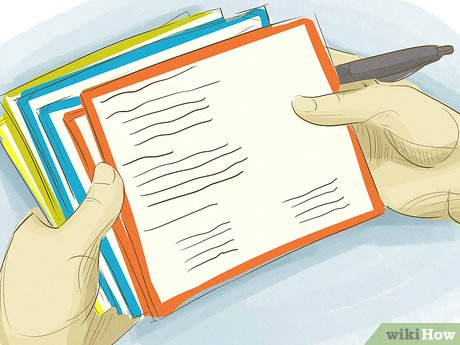
Write note cards on index cards. Write main ideas on your index cards. Don't write details, or be stuck with the fate of looking down, staring at your note cards while reading. Put in some fun facts, interactive questions, and other interactive activities on the cards to share with the class.[1] X Research source
Write down keywords or main ideas. If you need to consult your index cards, you're only going to want to scan the index card for information, not read every last word.
Most of the time, the act of putting information down on your index cards will help you remember the information. So, while you might not strictly need the note cards, it's a nice security blanket to have if you happen to forget what you were going to say.
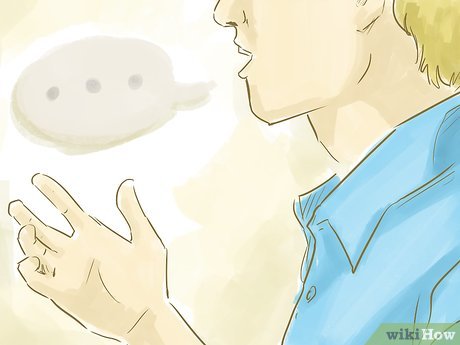
Practice. In most presentations, it is pretty obvious who has practiced and who hasn't. Work on what you're going to say and how you're going to say it. You'll feel a lot more confident when you do the real thing and you'll eliminate the "likes" and "ums" unlike those who try to "wing it."[2] X Research source
Practice in front of your family or friends, or in front of the mirror, when you rehearse your presentation. It's probably better to do it in front of friends who you may not know well, as this will help you replicate the feeling of being in front of the class.
Ask your friends for feedback after you finish your presentation. Was the presentation long enough? How was your eye contact? Did you stammer at all? Were all the points clearly made?
Make a critique of your practice performance. Challenge yourself to work on all the things that you believe you can improve during the real presentation. When it comes time to deliver the real deal, you'll feel confident knowing that you've worked extra hard on what was toughest for you.
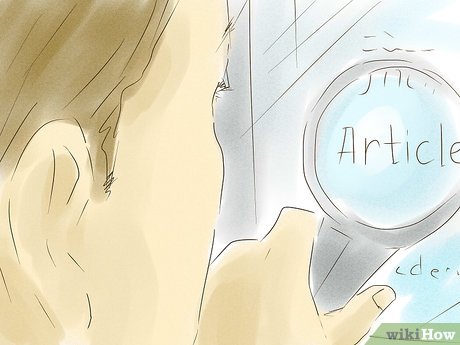
Do your research. In order to give an engaging presentation, you need to know what you're talking about. You don't have to become an expert, or read every book or website ever written about your topic, but you should be able to answer any questions your teacher or classmates might give you.[3] X Research source
Get quotes from reliable sources. Good quotes make a good presentation great. Taking what smart people have said and putting it into your presentation not only makes you look smart, it shows the teacher that you spent time thinking about what other people said.
Make sure your sources are trustworthy. There's nothing that can quite break your confidence like a fact that turns out to not be a fact. Don't always trust the information you get off the Internet.
2. Delivering the Presentation
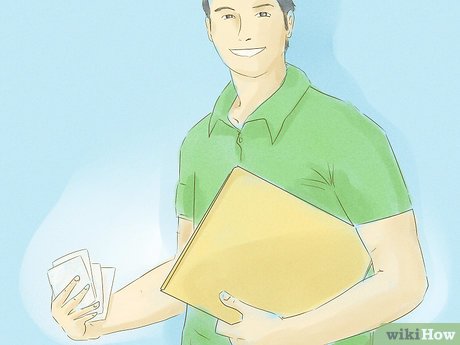
Smile at your audience. When it comes time to present, there's nothing that draws your audience into your presentation than a good old fashioned smile. Be happy; you're about to teach your entire class something they didn't know before. For that extra shine and boost of confidence, you can seek teeth polishing by the cosmetic dentist boynton beach.
Studies have shown that smiles are infectious[4] X Research source ; that means that once you smile, it's hard for everyone else not to smile. So if you want your presentation to go off without a hitch, force yourself to smile. That'll make everyone smile; and maybe those smiles will make you actually smile.
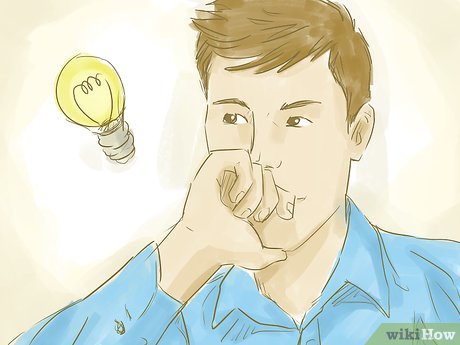
Feel confident about your presentation. When you give your class a presentation, your teacher is essentially having you take over their job for a little while. It's your job to make sure everyone understands what you're trying to tell them. Make sure you pay attention to how your teacher does this before your presentation, because teachers are expert presenters.[5] X Research source
Visualize success before, during, and after your presentation. Be humble about what you do — no need for cockiness — but imagine a successful presentation at all times. Don't let the thought of failure creep into your mind.
In many ways, your confidence is just as important as the information you're delivering. You don't want to spread misinformation, or skimp on doing your research, but a lot of what you'll be graded on — and what the other students come away with — is going to be your level of confidence. Also if you are confident, you will have a better time exchanging ideas with the class.
If you need a confidence boost, think big picture. After 10 or 15 minutes, your presentation will be over. What will your presentation matter in the long run? Probably not very much. Try to do the best you can, but if you're getting nervous, remind yourself that there are much more important moments in your life to come.
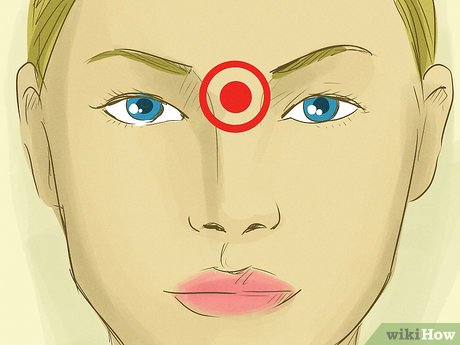
Make eye contact. Nothing is more boring than listening to a presenter who looks at the floor or at note-cards. Relax. Your audience is made up of your friends and you talk to them all the time; talk the same way now.[6] X Research source
Have the goal of looking at every person in the classroom at least once. That way, everyone will feel like you've engaged with them. Plus, you'll look like you know what you're talking about.
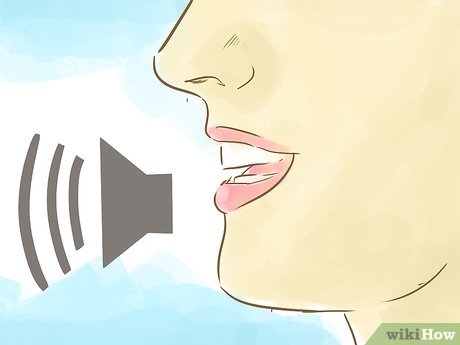
Be sure to have inflection in your voice. Your goal is to engage your audience, not put them to sleep. Be animated about your topic. Talk about it as if it was the most interesting thing in the world. Your classmates will thank you for it.[7] X Research source
Inflection is the kind of movement that radio DJs put into their voice; it's the ramped-up pitch in your voice when it gets excited. You don't want to sound like you've just seen a lion, but you also don't want to sound like you've just seen a squirrel, either. Vary it up to make the presentation more interesting.
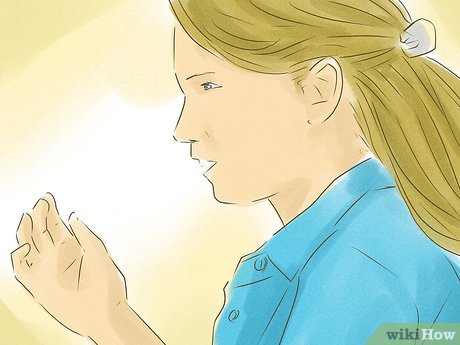
Use hand motions. Move your hands along as you talk, using them to emphasize points and keep the audience interested. It will also channel your nervous energy into a better place.
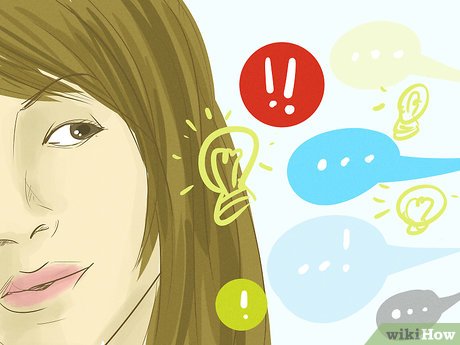
Have a good conclusion. You've probably heard the presentations that end in something like "um... yeah," Your conclusion is your final impression on your audience, including your teacher. Make it exciting by introducing a final statistic, or come up with something creative to do at the end. Your conclusion can be anything so long as your audience knows you're finished.[8] X Research source
Tell a story, maybe one with a personal note. Stories are great for history or English presentations. Maybe you can tie your presentation into a little anecdote about a famous historical person?
Ask a provocative question. Ending with a question is a good way of getting your audience to think about your presentation in an interesting way. Is there a certain conclusion you want them to come to?
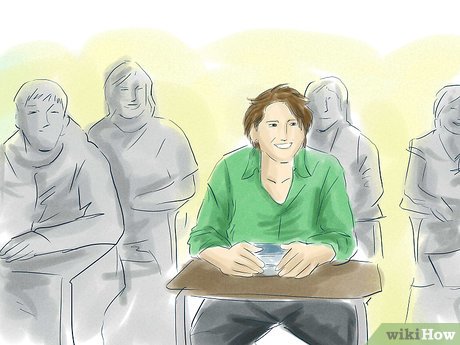
Walk back to your seat with a smile. Know that you just aced your report and that you just did something that many people would never be able to do. Don't be disappointed if you don't get applause. Just stay confident.
 How to Evaluate the Credibility of a Source
How to Evaluate the Credibility of a Source How to Summarize an Article
How to Summarize an Article How to Quote in a Research Paper
How to Quote in a Research Paper How to Study in One Day
How to Study in One Day How to Make a Questionnaire
How to Make a Questionnaire How to Create a Good Article
How to Create a Good Article